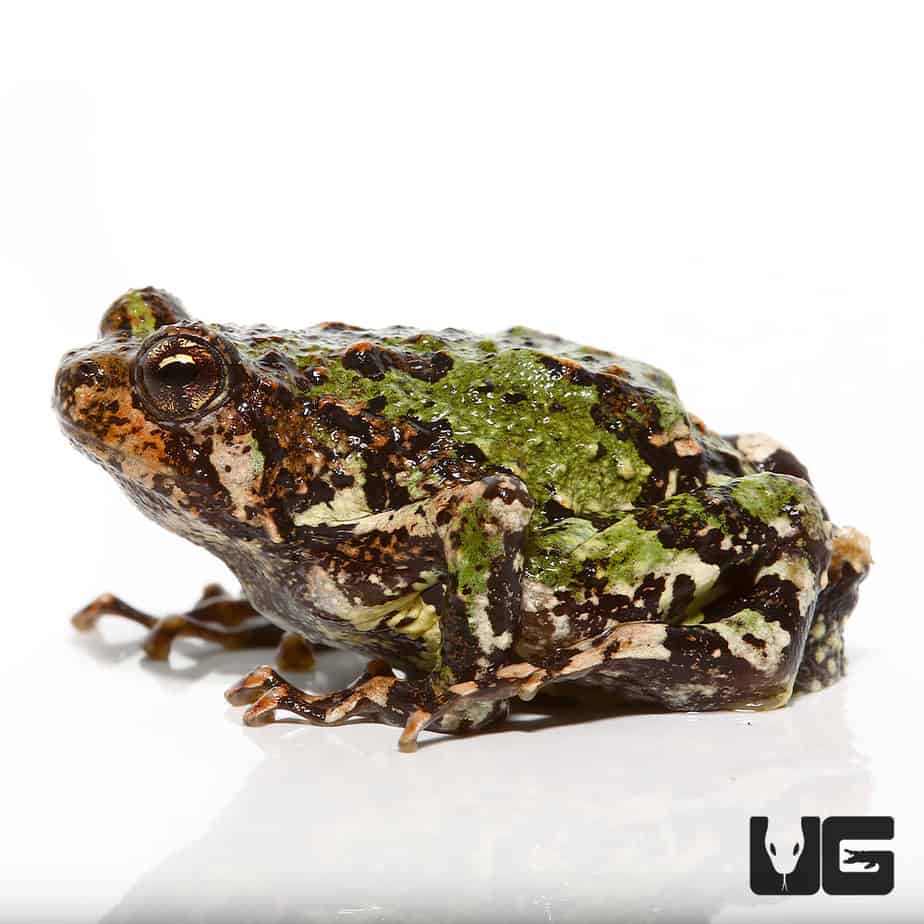Locate Your Perfect Rain Frog for Sale: Study the Globe of Unique Amphibians!
Locate Your Perfect Rain Frog for Sale: Study the Globe of Unique Amphibians!
Blog Article
The Very Best Reptile Enclosures: Exactly How to Produce the Suitable Habitat
Producing the ideal habitat for reptiles is not just about placing them in a tank or enclosure; it involves a thoughtful consideration of numerous variables that add to their total wellness. From the size of the room to the type of substrate made use of, every component plays a critical duty in giving a setting where your reptile can prosper. By comprehending the particular needs of your reptile varieties and applying the ideal habitat setup, you can ensure their wellness and happiness in captivity.
Picking the Right Room Size
When selecting an unit size for reptiles, it is crucial to consider their natural behaviors and room demands to ensure their health and health and wellness. When it comes to environment area, different reptile varieties have varying needs. Arboreal types like chameleons or tree snakes call for vertical room for climbing and setting down, while terrestrial varieties such as bearded dragons or leopard geckos need even more floor room for checking out and thermoregulation. Aquatic turtles like red-eared sliders require enclosures with both water and acreage for swimming and basking.
A general rule of thumb is to offer enough area for the reptile to display natural habits, such as basking, concealing, climbing, and foraging. By thoroughly thinking about the specific needs of the reptile species in question, owners can create a suitable and enriching habitat that advertises total health and urges all-natural actions.
Setting Up Proper Burner
To ensure the health and health of reptiles in their units, it is necessary to thoroughly establish up appropriate heating aspects. When setting up home heating elements in a reptile room, it is essential to take into consideration the certain temperature needs of the species you are caring for.
One reliable and common heating element for reptile rooms is a warmth lamp or ceramic warmth emitter. These heat resources can be used to produce a temperature level gradient within the unit, enabling reptiles to relocate in between warmer and cooler locations as needed. In addition, under-tank heating pads or warm floor coverings can be utilized to give tummy warm, which is particularly helpful for reptiles that require extra heat to assist in digestion.
Checking the temperature within the enclosure utilizing a thermostat is vital to guarantee that the burner are preserving the ideal temperature level array for your reptile. Routinely inspect and change the heating aspects as needed to produce a comfy and healthy and balanced atmosphere for your scaly good friend.
Choosing Appropriate Illumination Components

Offering the Suitable Substrate
Choosing the proper substratum is necessary for developing a ideal and comfy setting for reptiles in their units. The substratum offers numerous objectives, consisting of supplying a structure for all-natural habits like tunneling, helping in maintaining suitable humidity degrees, and supplying a comfy surface area for the reptile to relax upon - rain frog for sale. When choosing a substrate for your reptile unit, it is critical to think about the species-specific needs of your animal. Some reptiles, such as desert-dwelling species like bearded dragons, thrive on substratums like calcium sand or reptile carpeting, while others, like sphere pythons, choose coconut husk or aspen bedding to keep moisture levels.
Avoid substratums that can create impaction, such as loose substratums like sand or crushed rock, particularly for reptiles recognized to ingest their bed linen. Routinely cleansing and changing the substrate is crucial to ensure a clean and sanitary atmosphere for your reptile.
Designing for Enrichment and Convenience
Thinking about the substratum's duty in offering a structure for all-natural behaviors and preserving a suitable atmosphere, boosting the reptile enclosure with appropriate decors is important for both enrichment and comfort. Designs such as branches, rocks, hideouts, and fabricated plants not only create a much more visually attractive environment yet also serve functional functions. Branches supply climbing up possibilities for arboreal species, while rocks can act as basking spots for warmth. Hideouts supply sanctuary and protection, reducing stress and anxiety levels for the reptile. Man-made plants not just improve the appearances yet additionally offer hiding areas and enrichment by enabling the reptile to engage and check out with its atmosphere. When embellishing the room, it is necessary to take into consideration the reptile's species-specific demands and actions to develop an area that promotes physical and mental health. By including a selection of designs that imitate the reptile's natural habitat, proprietors can guarantee their family pet's comfort and stimulate their all-natural impulses, eventually resulting in a happier and much healthier reptile.
Verdict

Developing the perfect habitat for reptiles is not just regarding positioning them in a container or enclosure; it involves a thoughtful consideration of different aspects that add to their total health.Selecting the appropriate substrate is important for producing a comfy and appropriate atmosphere for reptiles in their rooms. Some reptiles, such as desert-dwelling types like bearded dragons, prosper on substratums like calcium sand or reptile carpeting, while others, like sphere pythons, like coconut husk or aspen bed linens to keep moisture degrees.
By integrating a range of designs that simulate the reptile's natural habitat, owners can advice ensure their pet's convenience and boost their all-natural impulses, eventually leading to a happier and healthier reptile.
In conclusion, developing the excellent environment for reptiles includes choosing the suitable enclosure dimension, home heating aspects, lighting fixtures, substratum, and decors.
Report this page